A wonderful wild leafy green most people confuse with lambs quarters with a delicate, salty taste. Orache / orach, also known as saltbush (Atriplex hortensis and others) is eaten around the world. Easy to grow or identify in the field and a breeze to cook with, it's a plant every forager should know.
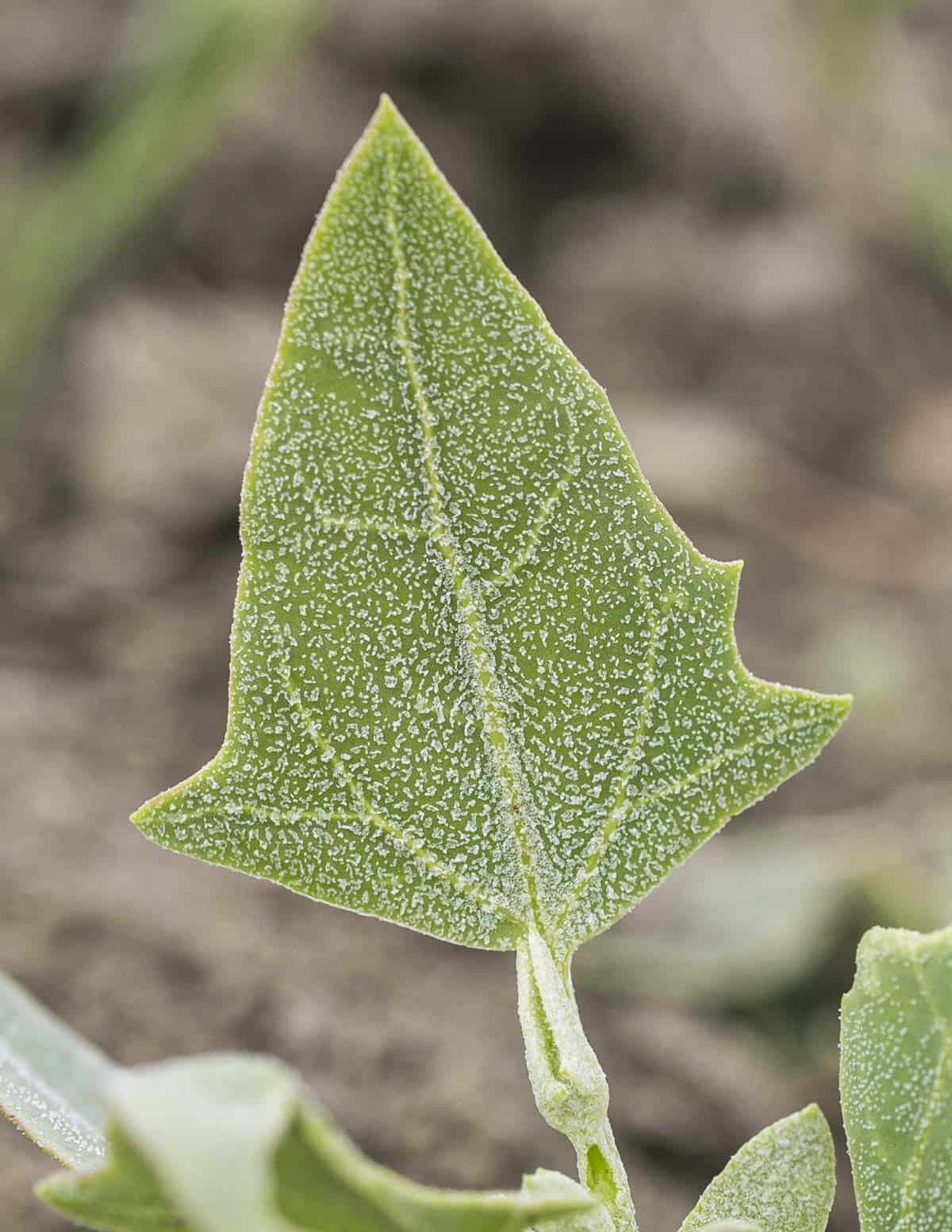
I was introduced to orache during my tenure at Heartland restaurant. We received weekly shipments from George Weppler, a little known but well-respected supplier of specialty vegetables who also supplied Alice Waters at Chez Panisse.
Opening up a box of George's vegetables I'd immediately reach for the bag of brilliantly colored ruby red orache if it was on the list. Cooked, raw, and anything between, the instant pop of color and texture improved any dish it was used in. Spinach seemed lackluster in comparison to the delicately succulent yet hardy greens.
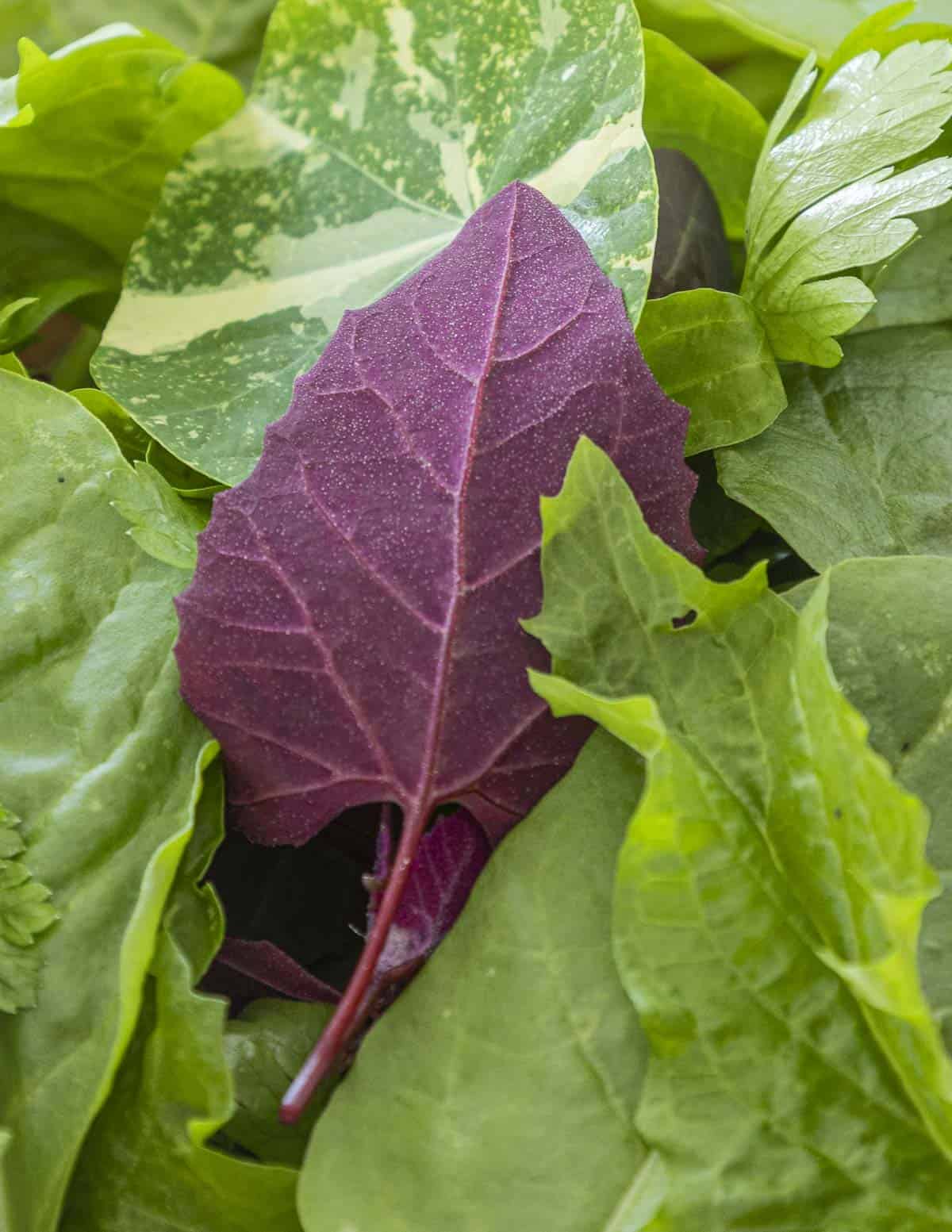
Background
Atriplex is a genus of hardy annual plants containing over 200 species. It's in the Amaranthaceae or goosefoot family, making it related to spinach, lambsquarters, amaranths, and many other edible plants. It's also known as mountain spinach and orach spinach. Native to Asia and Europe, it's spread around the world and is naturalized over most of North America.
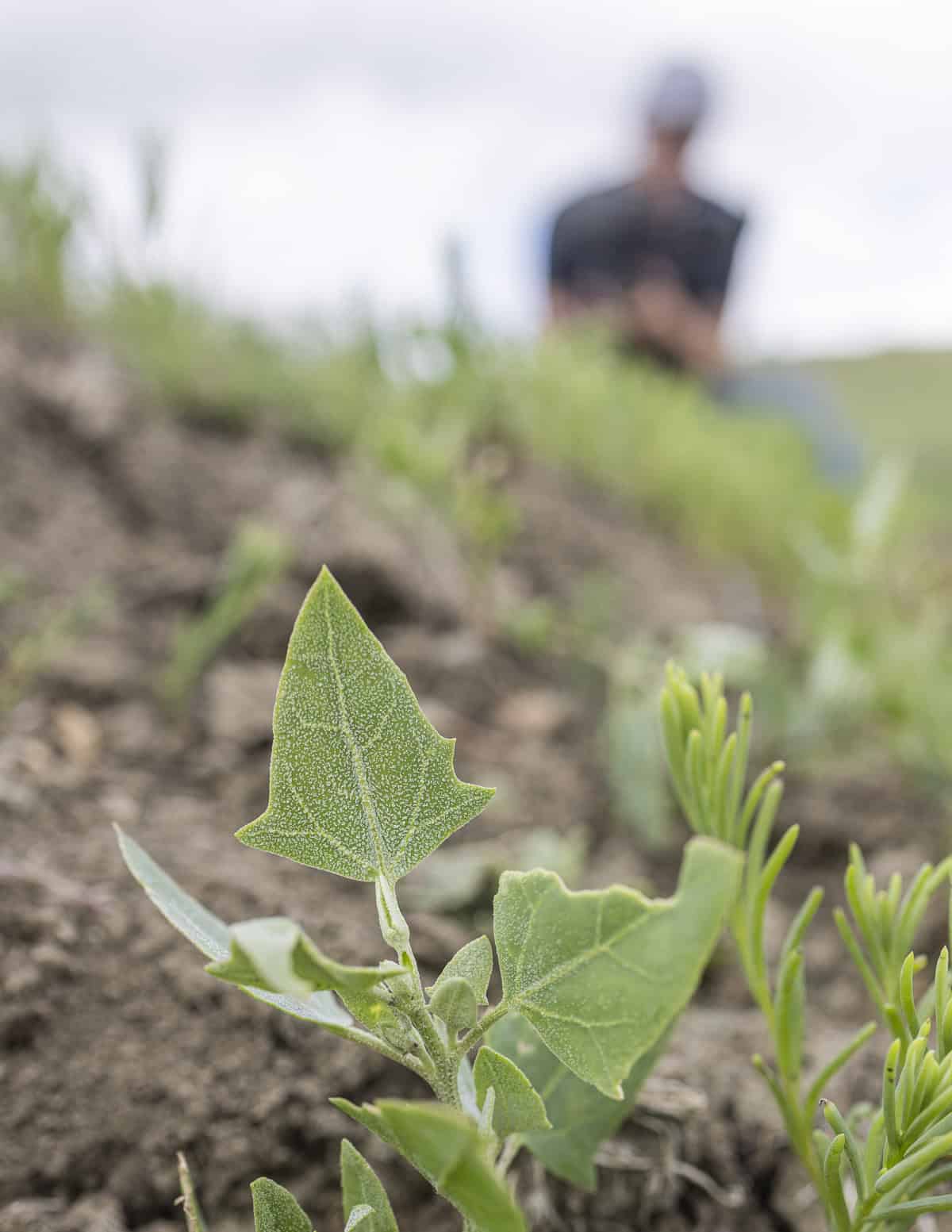
In his Field Guide to Edible Plants of Eastern North America, Sam Thayer says:
"Orache is a superb leafy green-think of it as pre-salted lambsquarters or spinach. This plant is very sporadic in occurence, but is most common in dry parts of the Great Plains and near the coast. It also thrives along heavily salted highways."
People have been eating orache (pronounced like ore-itch) since ancient times, and it was apparently popular in Egypt, Greece, and Ancient Rome. Gardening know how .com says it appears to have spread to the British Isles via China around the same time spinach became popular. While it apparently lost the popularity contest, it did take hold in France.
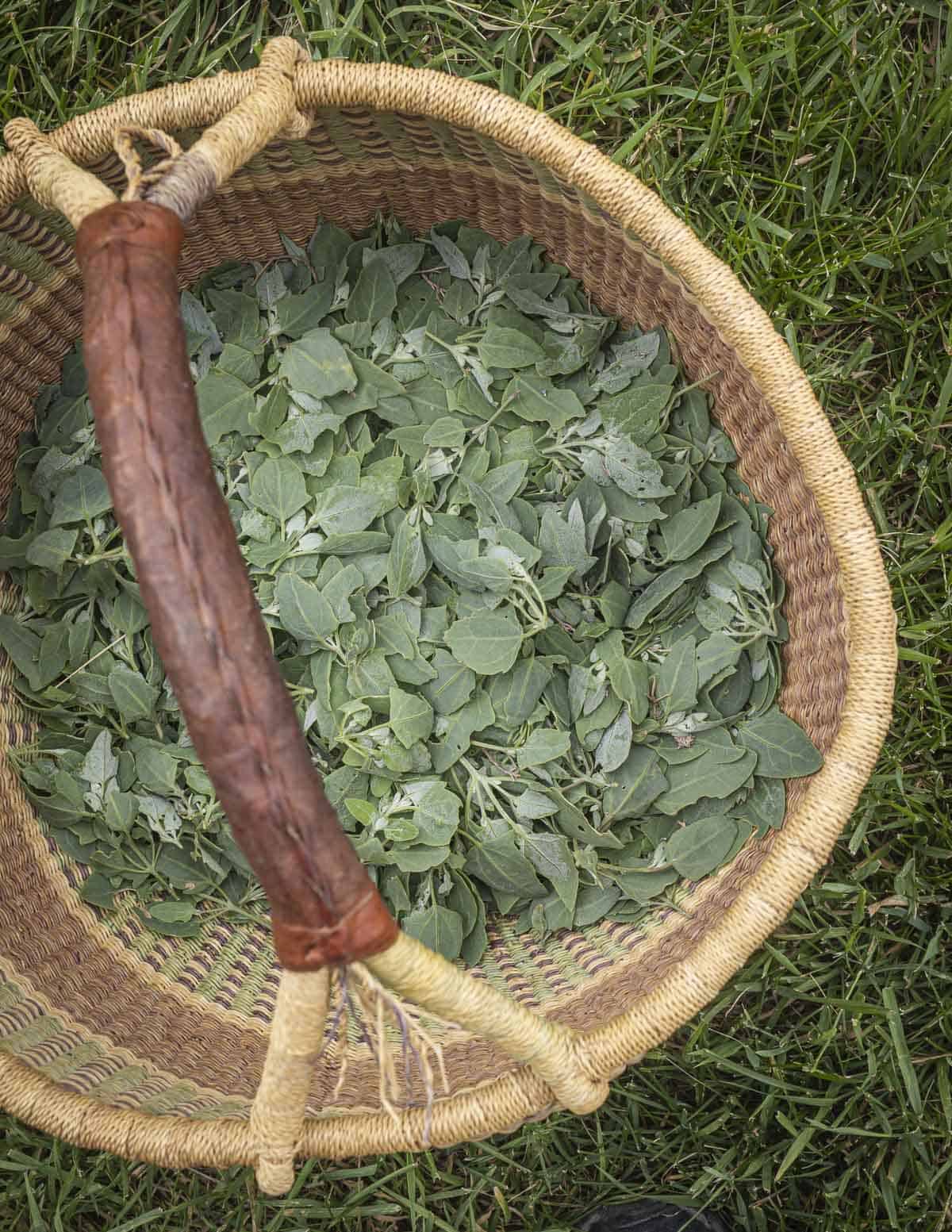
The book A Concise Encyclopedia of Gastronomy has a fun entry orache, including what I assume is a conflation with lambs quarters (Fat Hen).
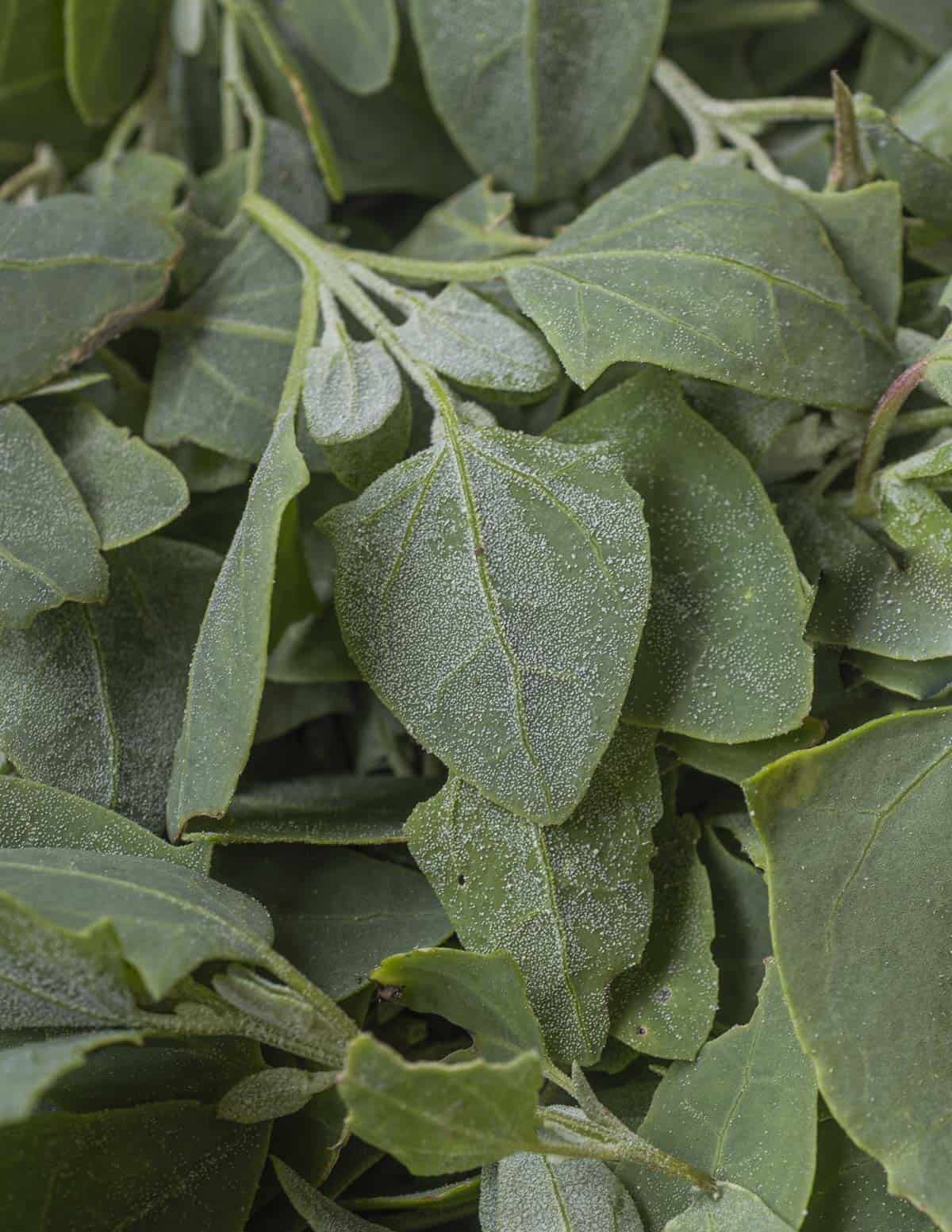
"A native plant of Tartary, cultivated fairly extensively in France, but not to any great extent in the British Isles nor in the U.S.A. It has broad, arrow-shaped slightly crimped, soft, pliable leaves, which are cooked in the same way as spinach and sometimes mixed with spinach in the cooking. It is also called garden orache and Mexican spinach. The wild orache, commonly known as mountain orache, is a troublesome but edible weed, called in some English country districts by the curious name of Fat Hen."
On that note, the plant is one of the most notable lambs quarters look alikes I've encountered. Thankfully both are edible. It's also easy to tell the difference with a nibble as lambs quarters isn't salty. Orache leaves are also positioned opposite each other on the stems, while lambs quarters are alternate, as you can see below.

Interestingly, both lambs quarters and orache have what appears to be velvety white bloom on their leaves. if you look closely you'll notice it's actually miniscule orbs.
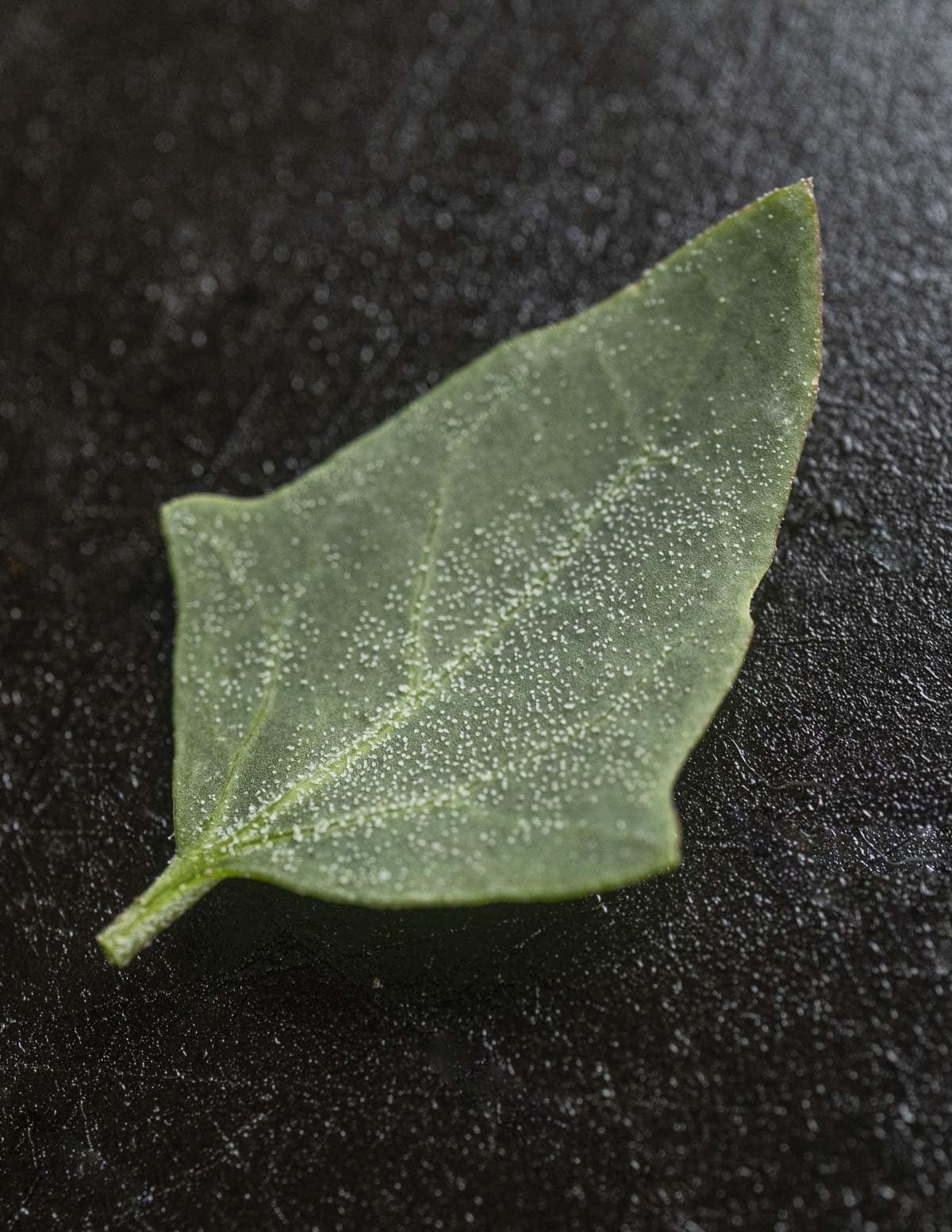
These are balls of what's known as epicuticular wax, which should serve the function of helping the plant shed or repel water. Washing them won't shorten their shelf life or cause them to discolor, as is the case with some plants like stinging nettles.
Growing Orach
Ruby orach was one of the plants I grew in my first tiny garden bed. I found it germinated like a dream and was easier to grow than regular spinach. I sowed seeds once the weather was warm in May and a few weeks later I had plenty to cook with. There's numerous sellers of orache seed online to choose from.

One notable attribute worth mentioning is that, compared to spinach, orache is more of a cool season plant. Where spinach can be quick to bolt when the weather's warm, orache will continue to grow slowly, giving you more time to enjoy it.
Just like lambs quarters, as the plants age the stems will toughen and only the tender leaves and leaf clusters should be eaten.

Now I grow wild orache as well as green and red cultivated varieties. I planted the wild green orache to combat other weeds I don't like. It's a durable little plant that's at home around the edges of a garden or a place you'd like to have edible weeds instead of inedible ones. Time will tell if it can help keep the creeping charlie at bay at my place.
Cooking and Enjoying
As there's so many species of wild orache, expect some variation in flavor if you forage it. The first patch of wild orache I found in South Dakota last week was distinctly bitter, growing near bison patties in the exposed dirt of a wash. I've never tasted bitterness in cultivated orache.
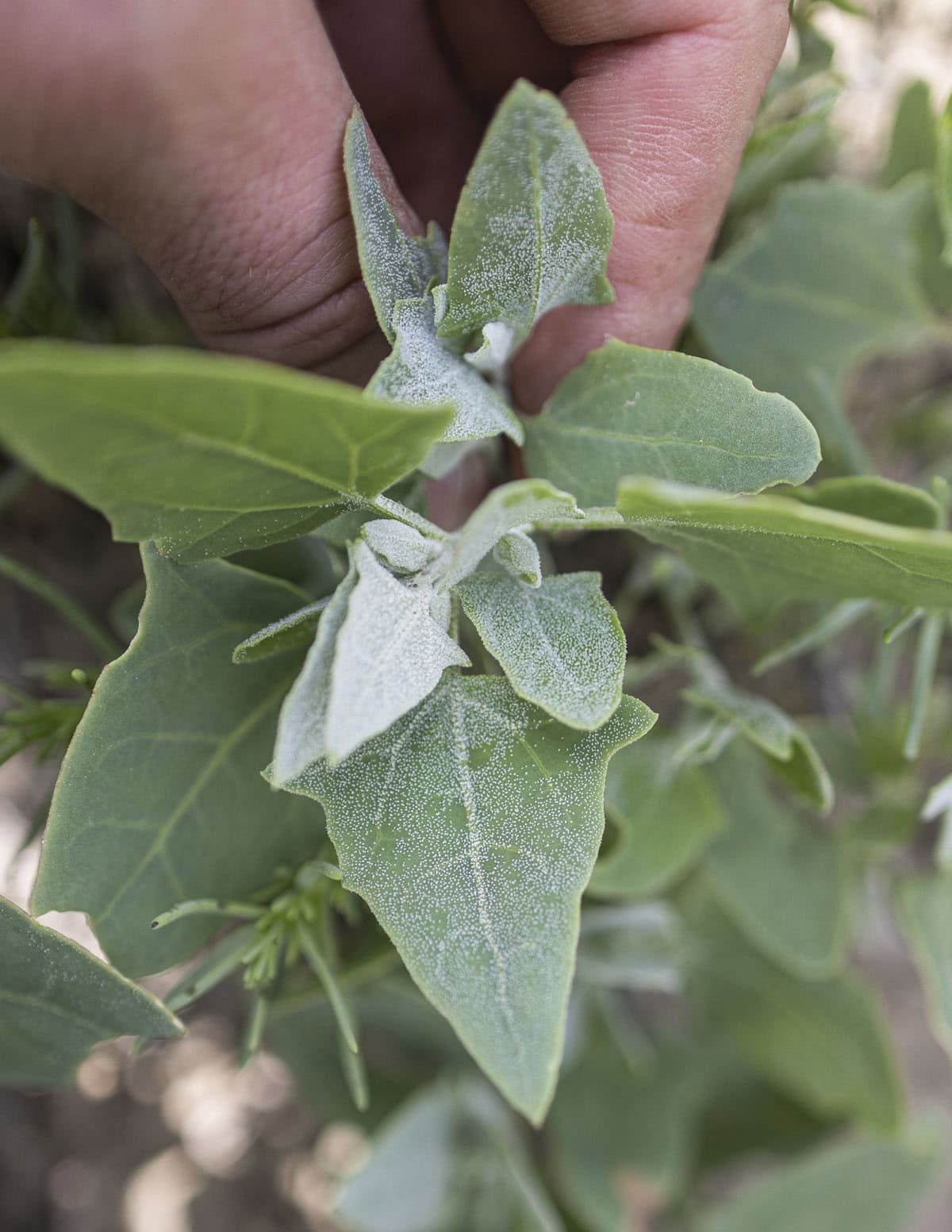
In the book Vegetable Literacy, Deborah Madison sums up eating the plant pretty well:
"When the tender leaves are young you can eat them in a salad. They taste oddly salty. As the plant gets older, you'll want to cook the leaves as you would spinach or quelites, keeping in mind that the color (of red orache) will bleed from the red leaves, just as it does with beets and red-veined chard."

I use the greens just like spinach or lambsquarters, keeping in mind that It's good to lightly season them as the greens are naturally salty. Keep in mind adding them doesn't mean you don't add salt to a dish, you just don't add as much.
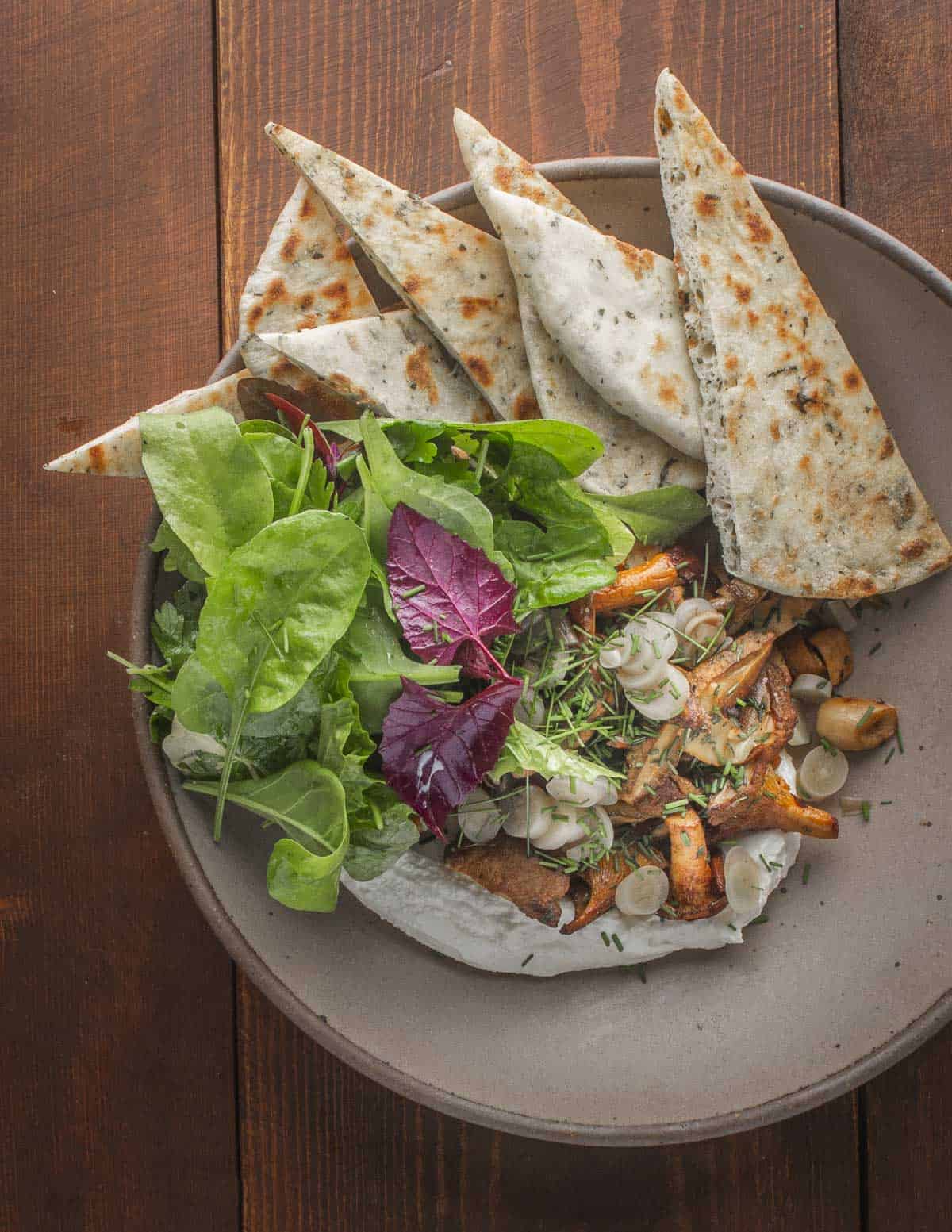
As they come pre-seasoned, whether they're eaten cooked or raw I typically mix them with other greens. They'll blend effortlessly into anything they're used in, as long as they're a non-bitter species.
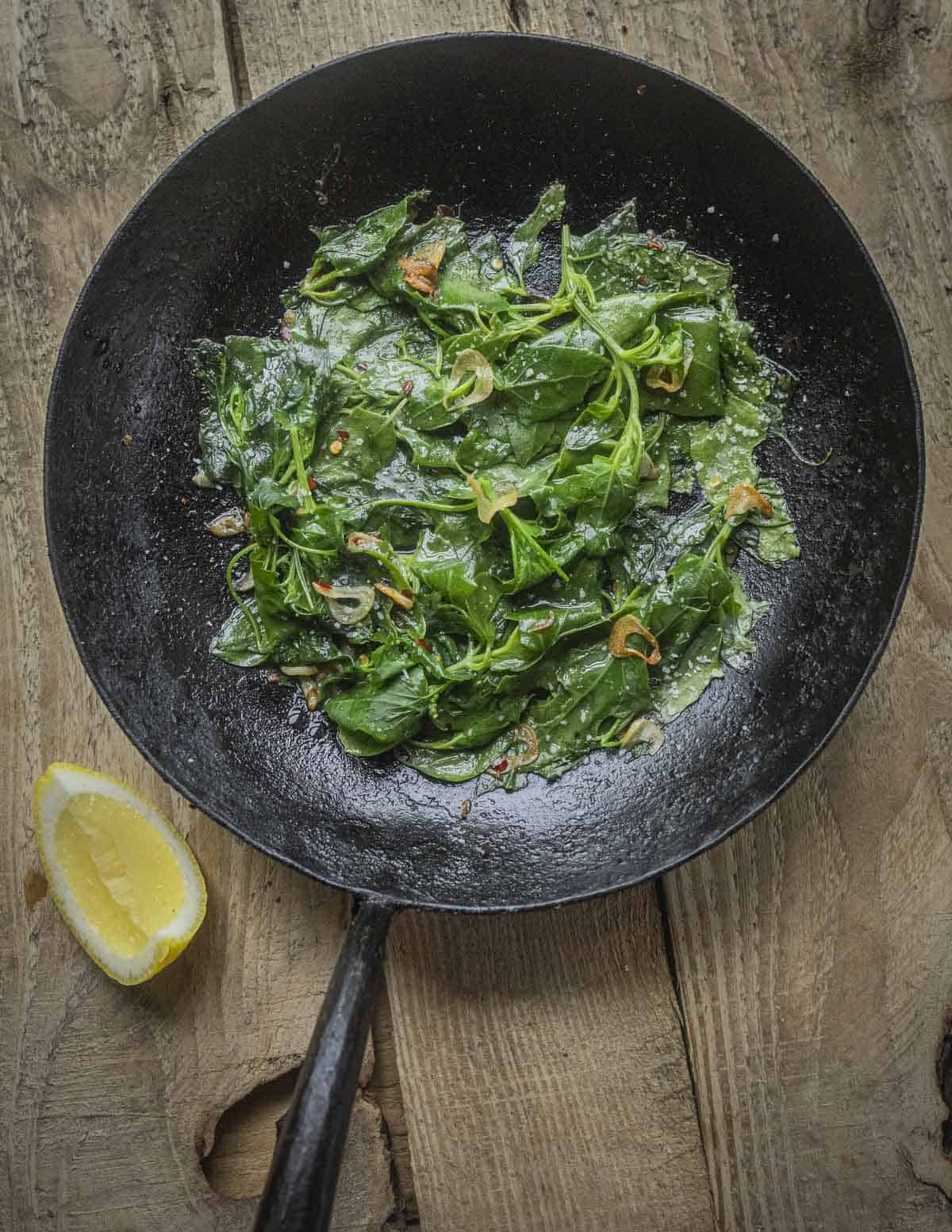
I love them in dishes of mixed leafy greens, or by themselves in any recipe where I might use spinach. Omelets, frittatas, soups, pastas, side dishes, and just about anything you could imagine. In Italy they might use the greens to color pasta.

Do you know this plant grow it or have anything else to add? If you do please leave a comment.

Carla Beaudet
I planted this in the garden for the first time this Spring, but hardly any came up and it's still small. My soil is slightly acidic.
Alan Bergo
I put my first ones in a bed with potting soil and they loved it. My wild ones I planted are struggling in the ground a bit.
Ben Rosen
I probably would love these since I love Salicornia or sea Beans .
Alan Bergo
I'm pretty sure I actually harvested them right next to my first Salicornia but they didn't look as tight as the sea beans I'd seen before.
AllisonK
Oh! This is a new one to me, but it sounds like it would grow great in my alkaline clay up here in the Red River Valley! Thanks!! I love being able to forage in my yard. Between natives for the pollinators, standard fruit and veg for me, and some forageables & medicinals, I have only about 70 sq ft of grass anymore...
Brigid Lefevre
This is one of my main weeds, and favourite spinach alternative. I usually blanch it, rinse with cold water, squeeze out, chop and season either with olive oil, lemon and garlic, or roasted sesame oil, miso and soya sauce depending on what I'm eating it with. I do this for most foraged greens actually. As for confusing it with fat hen, I am sure I have done plenty of times. I will be trying the garlic and chilli fry today.
One year a field that we had recently plowed exploded with orache (or was it fat hen?), a group of students from China who were passing came up to me, very excited and asked if they could buy some, (in Sweden like most places it is seen only as a weed) I told them they could take as much as they liked, the next day they came back and filled bag upon bag with it, enough to feed a village. I wish I had asked how they were going to prepare it!
I almost always make something from your website when this newsletter arrives. As an avid eater of weeds this is literally the most useful recipe collection I have come across (next gift to self will be the book).